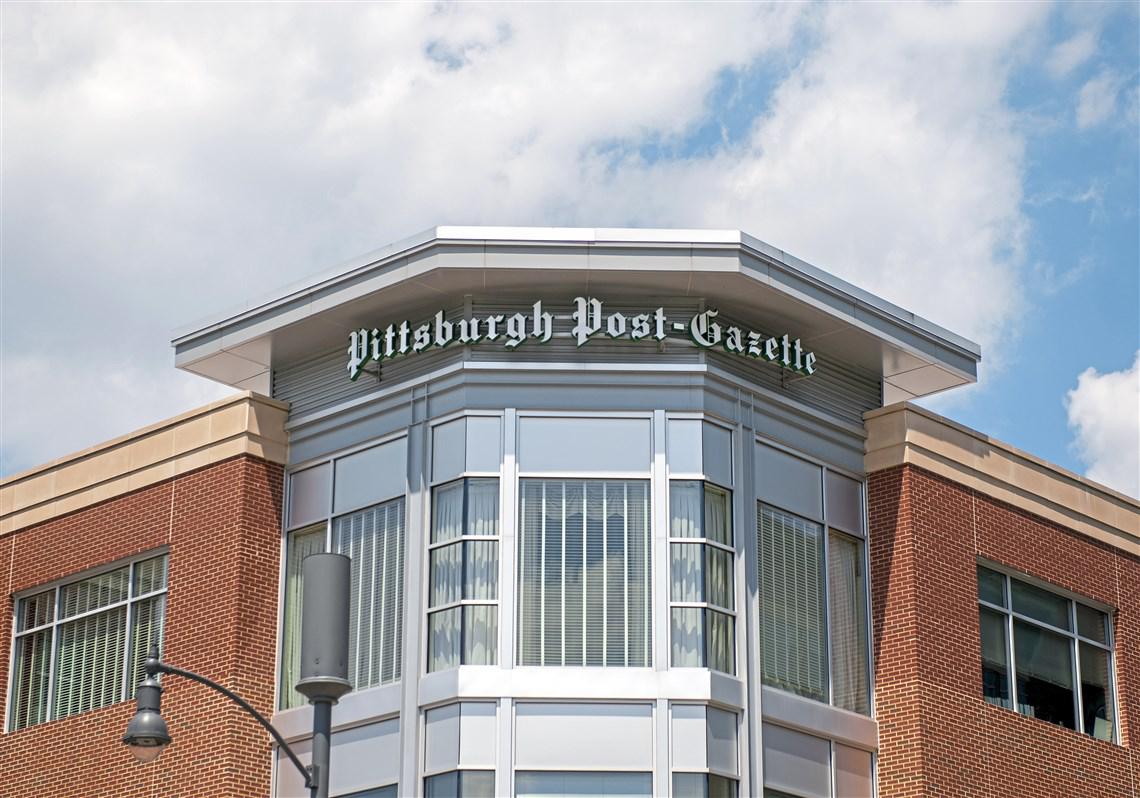|
Post-Gazette, other Pa. news outlets petition Supreme Court for access to grand jury report on clergy sex abuse
By Liz Navratil And Angela Couloumbis
HARRISBURG — Seven news organizations went to the state’s highest court Friday to force the release of a long-awaited grand jury report detailing allegations of decades of child sexual abuse covered up by Catholic dioceses across the state. The news outlets, including The Philadelphia Inquirer and Daily News and the Pittsburgh Post-Gazette, are asking the Pennsylvania Supreme Court to lift its indefinite stay on the report’s release and make public the names of those individuals and organizations waging a fierce but secret court battle to block the document from being disseminated. Lawyers for the news organizations called the report a “matter of extraordinary public importance.” “Needless to say, Report No. 1 [grand jury report] is of extraordinary importance to the public in general and to abuse victims in particular,” Eli Segal and Michael A. Schwartz, the Pepper Hamilton LLP lawyers representing the media organizations, wrote in court papers filed Friday. The coalition of outlets also includes The Associated Press, WHYY, LNP Media Group Inc., NBC subsidiary WCAU-TV and Telemundo Mid-Atlantic LLC. Separately, Attorney General Josh Shapiro announced on Friday that his office on Monday intends to file an objection to the state Supreme Court’s decision to block the release of the report. He did not give details. “The people of Pennsylvania have a right to see the report, know who is attempting to block its release and why, and to hear the voices of the victims of sexual abuse within the Church,” Mr. Shapiro said in a statement. The more-than-800-page grand jury report follows a nearly two-year-long investigation by the attorney general’s office, and is expected to detail alleged clergy abuse in all of the state’s Catholic dioceses except for Philadelphia and Altoona-Johnstown. Those two have already been the subject of similar investigations. Mr. Shapiro had been expected to make the report public by month’s end. But lawyers for a group of unnamed individuals and organizations have mounted a behind-the-scenes legal challenge to block its release, a fight that has now landed before the state’s highest court. Little is known about the legal maneuvers in the case, as it has played out almost entirely under court seal. Neither side will identify any of the petitioners. Only the names of six of their lawyers have appeared in public documents, and none will say who they represent. The judge who oversaw the grand jury’s work, Norman A. Krumenacker III, was the first to provide a glimpse into the arguments behind the court fight. In an 11-page opinion issued publicly earlier this month, he wrote that the petitioners had argued that they have a right to hearings to challenge parts of the report to protect their reputations before they are named in it. Judge Krumenacker rejected their arguments, paving the way for the report’s public release. His decision was then appealed to the high court. Last week, the state Supreme Court issued a terse order, saying only that Mr. Shapiro’s office was barred from releasing the document. Following days of criticism by victims advocates and others, the high court on Monday offered a five-page explanation of its reasoning, saying that concerns had been raised by “many individuals” about the secretive nature of the grand jury process and the ability of some people named in the report to address or respond to the allegations contained in it. The high court said it needed appropriate time to weigh those petitions and determine if the challengers’ rights are being infringed. It did not, however, publicly set a timetable for a decision. In Friday’s court filing, lawyers for the news outlets said that if the justices need more time to consider the challenges, it should order the release of a redacted version of the report, striking out only those sections that apply to the petitioners. They also asked that the court make publicly available the docket and all filings associated with the legal challenge – with redactions, if necessary. As it stands now, the docket is not publicly available. “While a lawsuit of the nature of our action may seem extraordinary, what is more extraordinary is that it is necessary. There is a clear public interest in this matter, and I am confident the court will see that with clarity and decisiveness,” said David Shribman, executive editor of the Pittsburgh Post-Gazette. “Given the scope of the report and the high degree of public interest and concern, particularly for the victims, our hope is that the court acts promptly,” said Stan Wischnowski, executive editor and senior vice president of Philadelphia Media Network, owner of The Inquirer, Daily News and Philly.com. “The size of our media coalition represents the gravity this report will have across Pennsylvania.” Lawyers for the news outlets argue that Judge Krumenacker, the judge who supervised the grand jury, found that the report was “supported by the preponderance of the evidence” and that its release would not “prejudice fair consideration of a pending criminal matter,” as required by law. Judge Krumenacker, the lawyers wrote, also used his discretion to apparently allow people who are named in the report, but are not charged criminally, to review it before its public release and attach a response to it. “As the supervising judge explained, this level of process was more than adequate, and to find otherwise would fundamentally alter the nature of investigating grand juries and thus undermine the Legislature’s intent in passing the Investigating Grand Jury Act,” Mr. Segal and Mr. Schwartz wrote.
|
.
Any original material on these pages is copyright © BishopAccountability.org 2004. Reproduce freely with attribution.
